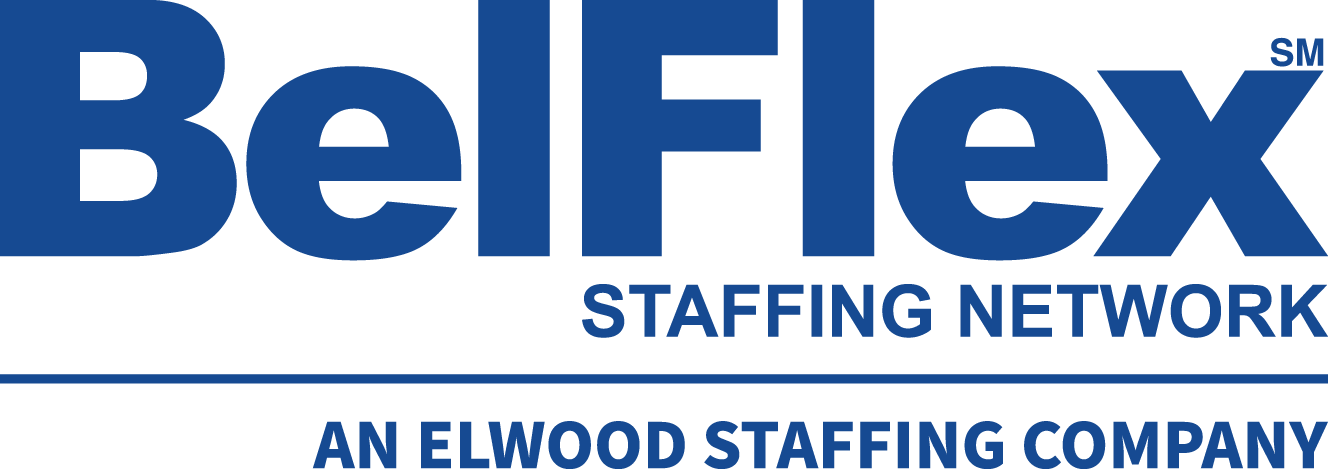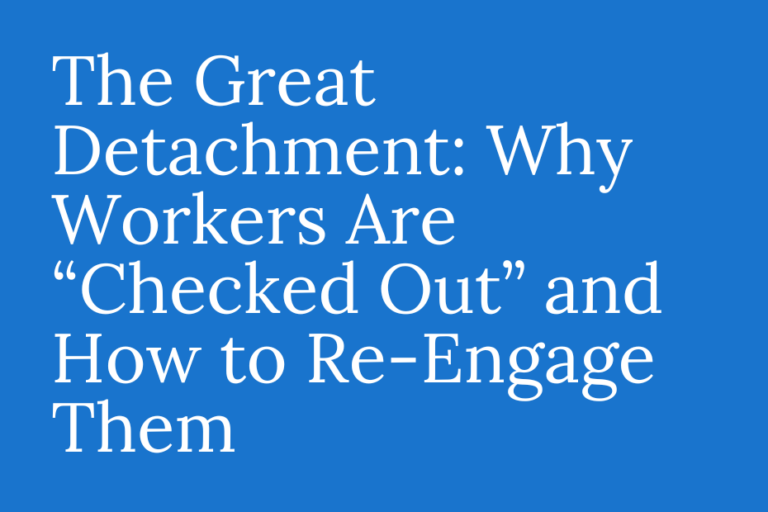Expediting the Hiring Process: Why It’s Slow and How to Accelerate It
If it seems the time it takes to attract, interview, and hire candidates for open positions has become slower, you’re right.
The hiring process is slow, more so than ever. Employers are taking longer, with the average length of the hiring process being 36 days. Yet, 55% of candidates think it should take less time—fewer than two weeks from interview to offer, to be exact. That’s a problem.
To overcome hiring hurdles and speed up the process, it’s important to first understand why the act of hiring paces closer with the turtle than the hare in the race to win candidates.
Why the hiring process is slow
What’s behind this extended hiring runway? A number of reasons are impacting the fulfillment process:
- High volume of applicants. A high volume of candidates have been going after the same open positions, creating a hiring bottleneck. An average of 118 people applied for the same vacancy in 2022.
- Lengthy applications. Job applications themselves have become longer, requiring more information and steps to complete. According to Career Builder, “60% of job candidates will stop an application mid-way through because they find the process too long or unwieldy.”
- Inefficient hiring processes: Today’s hiring processes have become complicated and drawn out, with too many rounds of interviews or hoops for candidates to jump through, too much lag time between interviews, and poor candidate communication that leads to confusion and disinterest.
- Recruiters stretched thin: As with other industries, the recruiting industry has been hit by the post-pandemic worker shortage. Internally, it’s often just one person responsible for handling the recruiting process across a number of open positions.
- Accelerated job turnover. The “Great Resignation” of 2022 has fueled a higher rate of attrition across all fields, including recruiting. People are changing jobs more often than ever, so employers must hire again and again for the same position, creating an endless hiring cycle. And if it’s a recruiter who leaves, candidates already in the pipeline can easily fall through the cracks.
- Restructuring with technology. The past two to three years have prompted companies to restructure internal operations, including recruiting. The operations side is busier than ever, and there’s less time to interview candidates. Sure, we now have Zoom, Teams, Skype, and other video tools to conduct initial interviews. But getting used to the rules of how to use those tools efficiently and effectively, and how to read visual cues via video, has created a learning curve that’s taken time to overcome.
The impact of a slow hiring process on an organization
Whatever the reason for a protracted hiring process, the reality is that in today’s market you don’t have the luxury of time when it comes to securing quality candidates—top prospects are off the market in as little as 10 days.
Here are the ways, including losing out on the best candidates, that inefficient hiring protocols can negatively impact your organization:
- Brand reputation. The biggest negative impact that a slow, inefficient, unsatisfactory hiring process has is on your brand reputation. Word of mouth spreads fast. If candidates have a bad hiring experience, they will not hesitate to go with another company, and will not be shy about publicly sharing about their bad experience. From LinkedIn contacts to Glassdoor reviews, having someone tell peers to avoid your company because of your hiring practices can affect how your organization is seen, and your ability to attract candidates, for years to come.
- Losing top candidates to competitors. 66% of job seekers said they would wait only two weeks for a callback, after which they move on to other opportunities. It’s the most common complaint I hear—how long it takes to get hired. If a candidate is unemployed and needs to start ASAP, they don’t have time to waste. Depending on your industry, you could lose many top-quality workers to competitors this way. And the remaining candidates you have left to choose from may not be the level of quality you’re hoping for.
- Snowball effect on costs and revenue. A slow hiring process is felt from the top down. Operational costs rise, as positions remain unfilled and existing team members are forced to pick up the slack, in turn impacting productivity. Recruiting costs rise, given you must pay for job ads longer, incur greater technology costs, and have recruiters burn more hours to fill an open position. This ultimately leads to a revenue decline as money that could be better used to invest in technology, or hiring additional headcount to help with recruitment, must instead be used to make up for hiring process inefficiencies.
5 ways to expedite your hiring process in 2023
While many factors outside of your control can impact the hiring process, there are actions you can take to help keep it moving as efficiently and effectively as possible this year:
- Ensure your job listing is accurate and targeted. Do all you can to not waste recruiters’ or candidates’ time.
- Make sure the job title reflects what the job actually is and aligns with postings for similar jobs from other companies so that candidates get accurate search results and can self-select whether their experience meets your criteria.
- Keep it short—highlight only the top 3-5 requirements that are most important for candidates to meet (leaving out the other job duties you could likely train them on).
- Be transparent about pay and benefits. Even if you do not operate in a state or city that now requires pay scales to be listed, it’s to your advantage to do so. Postings with pay scales get a greater response, which is no surprise given that “money is the #1 motivator for 67% of job seekers” and “more than 70% of professionals want to hear about salary in the first message from a recruiter.” Help candidates and recruiters weed out bad job fits faster, before too much time and money are spent on fruitless interviews.
- Revamp your job application. Make sure it’s as seamless and easy as possible.
- Make it shorter and eliminate redundancies by asking for only the most pertinent information needed to get the ball rolling. For example, if you require candidates to attach a resume, then do not ask them to re-enter that same information in your free-form application fields.
- Make sure it’s mobile friendly. Candidates need the flexibility to be able to search and apply for jobs when and where it’s convenient for them. If your application works on a computer, but not on a tablet or smartphone, you may be preventing top talent from applying and thereby lengthening the time it takes to fill your open positions.
- Tighten initial screening and interview protocols. As much as possible, reduce the overall number of hoops candidates need to jump through, from forms to fill out to recruiter or hiring manager touchpoints. Consider applying for one of your own job openings to uncover where your process could improve.
One area where most organizations can almost always do better is conducting fewer interviews. Consider doing initial candidate screenings by phone or online via your ATS system, so that fewer, but more applicable candidates make it to in-person interviews. Then limit the number of in-person interviews by having multiple operations stakeholders participate in one session with a candidate. Operations will appreciate that time is only spent on quality, viable candidates, and the candidates will appreciate a faster hiring journey.
- Constantly communicate with candidates. No one likes to feel unimportant or ignored, especially candidates looking for a job. How you communicate with job seekers says a lot about how you will treat them if they get hired. It can make or break whether a candidate opts out of your hiring process.
- Ask candidates how they’d like to be updated; some prefer phone calls, while others emails or texts. It could depend on if they are actively working or currently unemployed. Some will want frequent updates, and others will be ok with fewer communications. Develop a communications cadence based on their preference to reduce the chance for dissatisfaction with the hiring process. It could save you both time in the end.
- Communicate even if there’s no change. There’s not always a development to share, but let candidates know that. A simple hello to say we’re still thinking of you and should have an update shortly, or a simple message apologizing for a communication delay, could go a long way toward preventing a candidate from ditching your hiring process.
- Work with a recruitment agency. A recruitment agency can help you streamline the hiring process and hone in on best-fit candidates. When looking for an agency, consider one that eschews cookie-cutter solutions and instead is able to adapt and mold to your specific processes. Look for an agency with expert knowledge of the market and your industry, who you can lean on as a resource—one that can become part of your recruiting team.
Looking ahead
According to SHRM, a new position takes an average of 27 days to fill. Yet another source highlights that “understanding how to optimize the job recruitment process can shorten the hiring cycle by 60%.”
In today’s competitive hiring landscape, every second counts. It’s really about who gets the quality candidate from application to offer first.
Looking back at 2022, hiring speed definitely improved over 2020 and 2021. Technology was embraced to a greater degree, cutting down the time it takes to connect and communicate with candidates. But there’s still a long way to go to truly leverage technology in a way that optimizes the hiring process.
In the meantime, I think the tips I’ve shared today are a great place to start for expediting hiring in 2023. If you have any questions or want to see how BelFlex can help you achieve faster hiring for your organization, please fill out our contact form.







